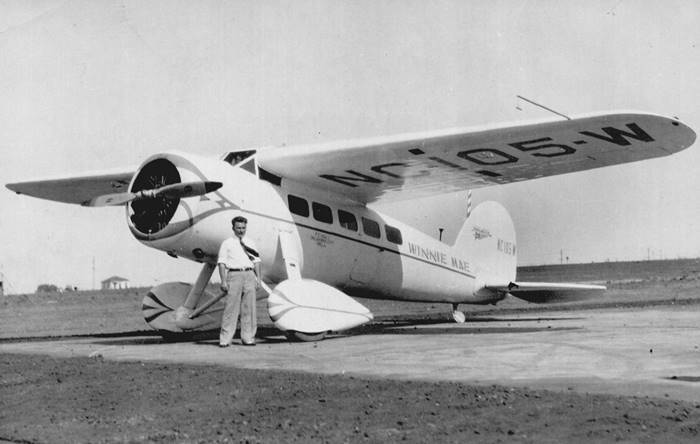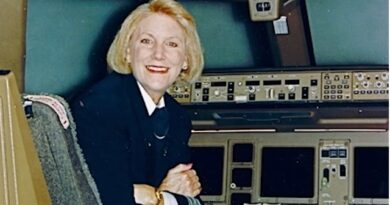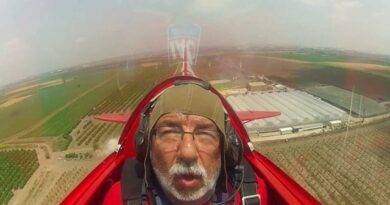Wiley Post: Exploring the Aviation Legacy of a Trailblazer
Wiley Post, a name synonymous with aviation excellence, was a pioneering figure in the early days of flight. He achieved numerous milestones and left an indelible mark on the aviation industry. This article delves into the life, accomplishments, and lasting contributions of Wiley Post, highlighting his significant impact on aviation history.
Early Life and Passion for Aviation
Born on November 22, 1898, in Texas, Wiley Post developed a fascination with aviation at a young age. Inspired by stories of World War I pilots, he immersed himself in books about aviation, learning everything he could about airplanes and flight. This early passion ignited a lifelong dedication to pushing the boundaries of what was possible in the sky.
Record-Breaking Solo Flight around the World
One of Wiley Post’s most notable achievements was his solo circumnavigation of the globe. In 22 July 1931, he completed this daring feat in his Lockheed 5C Vega aircraft named the “Winnie Mae.” Setting off from New York, Post covered a distance of approximately 15,474 miles (25,099 kilometers) in just under eight days, setting a new world record. This accomplishment not only showcased his piloting skills but also highlighted the potential of long-distance aviation.

Innovations and Technological Advancements
Post was an innovator in the field of aviation, continually seeking ways to improve aircraft performance and safety. He contributed to the development of the world’s first practical pressure suit, known as the “Wiley Post G-suit.” This innovation allowed pilots to withstand high altitudes and extreme G-forces, providing them with enhanced safety and comfort during flights.
Pioneer of High-Altitude Flight
Another groundbreaking achievement by Wiley Post was his exploration of high-altitude flight. In 1934, he became the first person to fly solo above the 50,000 ft (15,240 meters) mark, setting a new altitude record. This feat not only expanded our understanding of aviation but also paved the way for future advancements in high-altitude technology and aerospace research.
Contributions to Instrument Flying
Post was an advocate for instrument flying, which involves using aircraft instruments to navigate and fly in adverse weather conditions. He believed that advancements in instrument technology could revolutionize aviation safety. To promote instrument flying, Post collaborated with scientists and engineers to develop improved instruments and navigation systems, contributing to the standardization and widespread adoption of this crucial aviation practice.
Conclusion
Wiley Post’s contributions to aviation were groundbreaking and far-reaching. From his record-breaking solo flight around the world to his pioneering work in high-altitude flight and instrument flying, Post left an enduring legacy in the annals of aviation history. His innovative spirit and unwavering determination continue to inspire generations of pilots and aviation enthusiasts.
References:
- “Wiley Post,” Smithsonian National Air and Space Museum, [https://airandspace.si.edu/stories/editorial/wiley-post]
- “Wiley Post: Record-Breaking Aviator,” Texas State Historical Association,
- “Wiley Post: Aviation Pioneer,” Aerospace Engineering Blog,
- “Wiley Post: High-Altitude Explorer,” San Diego Air & Space Museum,
- “Instrument Flying: A Brief History,” Federal Aviation Administration,
- featured image source: https://guide.sportsmansguide.com/wiley-post-pushing-the-envelope-at-50000-feet/


